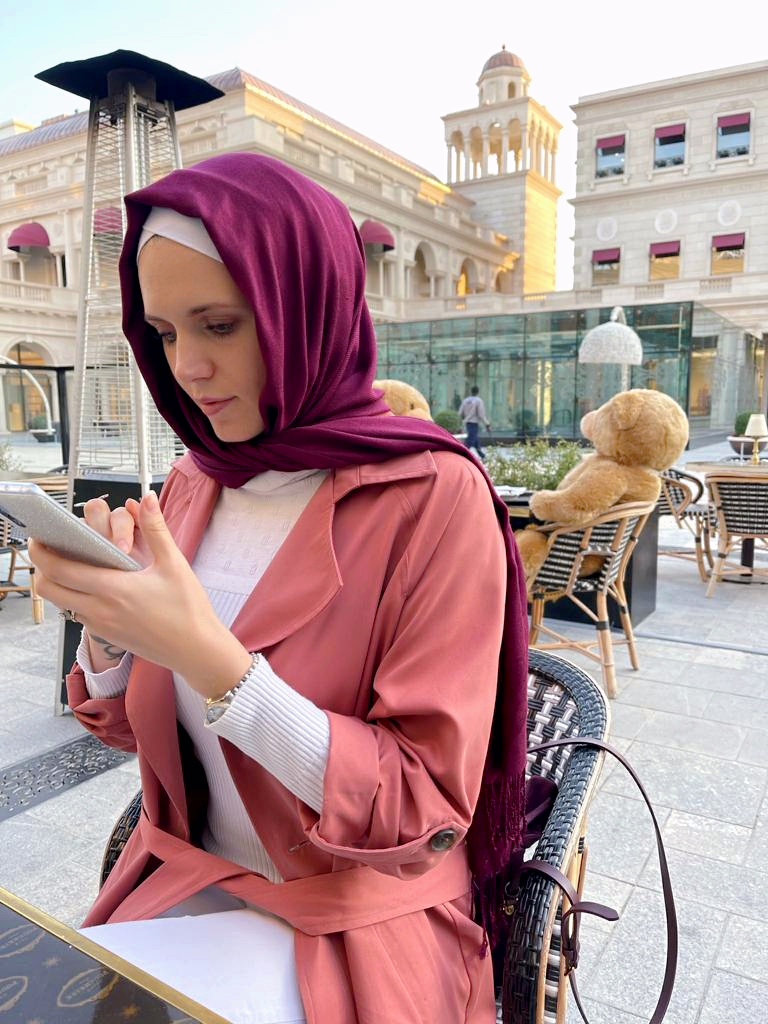
Qatar’s iconic Arabian Oryx at risk from plastic pollution
- Інна Трепачук

- Mar 4, 2021
- 2 min read
On Wednesday, a video that emerged online showed the dangers of littering on the environment. A video shared by Sheikha Almayassa Al Thani on World Wildlife Day showed the moments in which an Arabian Oryx was filmed while trying to eat plastic, highlighting the impact of plastic pollution on the environment. “The Arabian Oryx is a national icon for Qatar,” The Chairperson of Qatar Museums Sheikha Almayassa Al Thani said in a tweet. “Over the years, Qatar has played a vital role in protecting & saving it from extinction. It’s sad to see how our plastic consumption affects our nature & where the plastic litter left at Zikreet goes,” she added.
The Arabian Oryx is considered the national animal of Qatar and can be found in several logos and emblems across the country. The Oryx is the symbol of national carrier Qatar Airway’s and was the mascot for the Asian Games 2006. Their coats are bright white, and they boast brown legs. Its underbelly blends beautifully with its coat and its black stripes between the head and neck, forehead, nose, all the way down to the horn, eyes and mouth, is clear for everyone to see. However, the Oryx has seen some not-so-beautiful days. At one point, it was one the verge of extinction, but was luckily saved by sanctuaries that started breeding the animal in captivity, producing 75-100 calves each year. In Qatar, The Arabian Oryx Sanctuary, also known as Al-Maha Sanctuary, is the only breeding place for this particular animal. The tweet, posted on World Wildlife Day, also launched Sheikha Almayassa’s latest campaign #KeepQatarClean, which aims to preserve the country’s natural resources while advocating the importance of protecting and maintaining a sustainable living. Though little information was provided, the campaign is expected to launch with a beach clean-up in Zikreet, where the Oryx was filmed eating plastic. Last month, the Qatari royal was pictured while taking part in another beach clean up at the Zubarah heritage site. “Imagine what we could achieve if each one of us spent 10-30 mins of their day/weekend to clean up the mess we have created?” she said in a post on Instagram. “This is our duty and responsibility – I hope we can achieve 100% of clean beaches and heritage sites through 100% of your support,” she added.












Comments